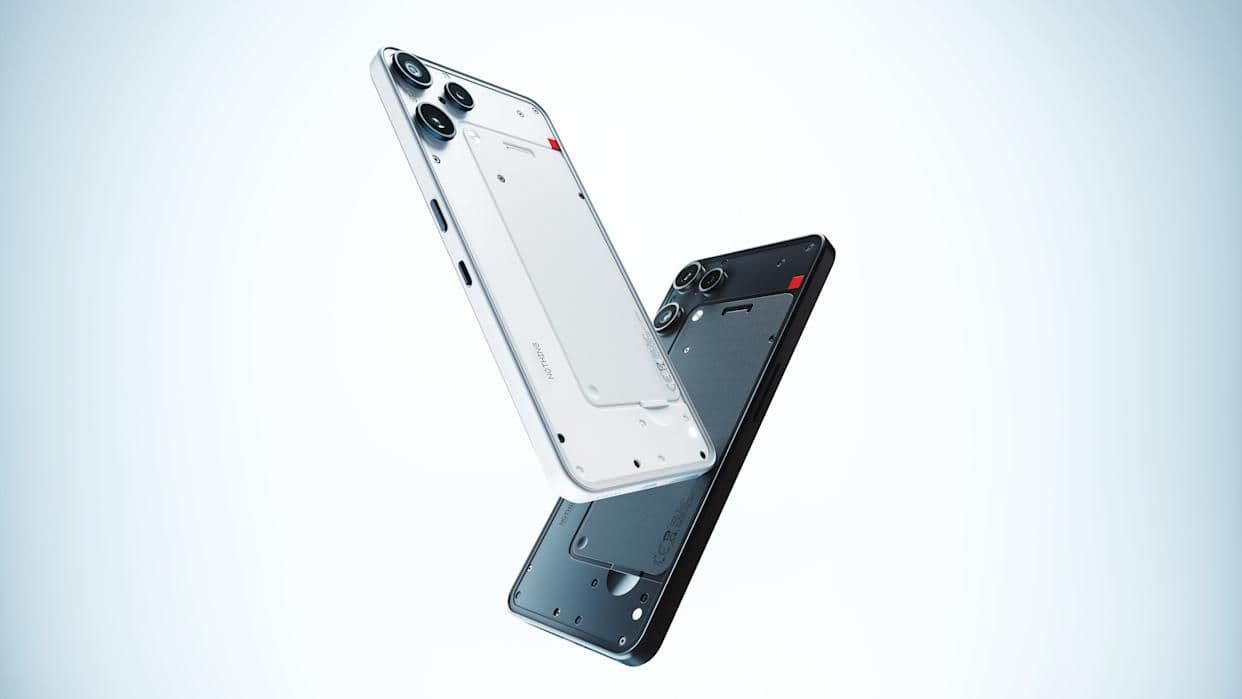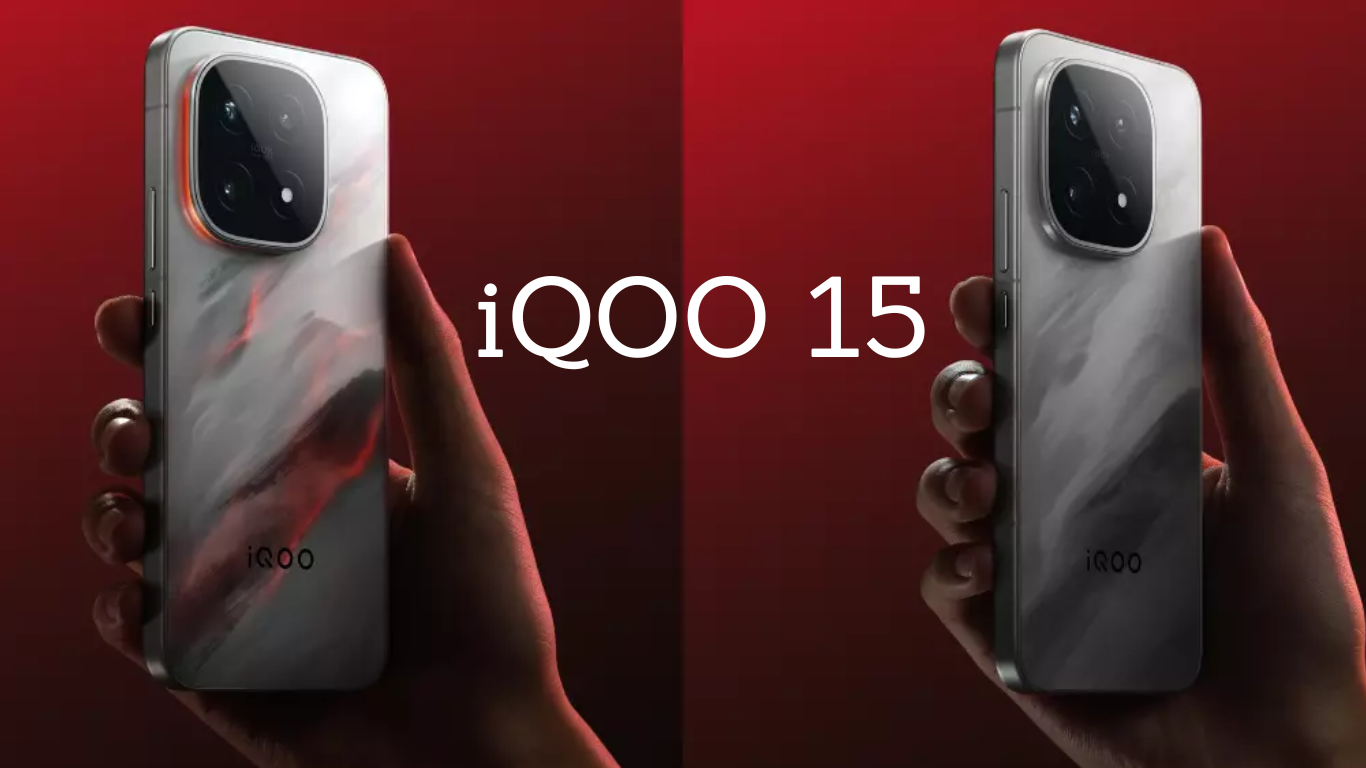- Featured
- New Mobiles
- Find New mobiles
- Latest Mobiles
- Upcoming Mobiles
- Popular Mobiles
- Gaming Mobile
- Compare Mobile
- Budget
- Under 10,000
- Under 20,000
- Under 25,000
- Under 30,000
- Under 35,000
- Under 40,000
- Under 50,000
- Over 50,000
Ad

The Future of eSIM: What Lies Ahead
Follow Us:
5,468 views

What is eSIM?
eSIM is a small chip that is embedded into a device and contains all the necessary information to connect to a mobile network. Unlike traditional SIM cards, eSIMs do not need to be physically inserted or removed from a device. Instead, they can be programmed remotely, making it easy for users to switch between different mobile networks without having to swap out their SIM card.

The Growth of eSIM
eSIM technology has been around for a few years, but it has only recently started gaining momentum. The growth of eSIM can be attributed to the increasing demand for connected devices such as smartwatches, fitness trackers, and other Internet of Things (IoT) devices. As more devices become connected, the need for a reliable and secure way to connect to mobile networks becomes paramount.
The Benefits of eSIM
One of the main benefits of eSIM is its convenience. Users can switch between different mobile networks without having to physically swap out their SIM card. This makes it easy for travelers to use local mobile networks without having to pay exorbitant roaming charges. Additionally, eSIM technology is more secure than traditional SIM cards, as it is harder to hack or clone.
The Future of eSIM
The future of eSIM looks bright. As more and more devices become connected, the demand for eSIM technology will continue to grow. Additionally, the advent of 5G networks will only accelerate the growth of eSIM, as 5G networks require more advanced SIM technology to function properly.
The Rise of Remote SIM Provisioning
One of the key trends in eSIM technology is remote SIM provisioning. This allows users to activate their eSIM remotely, without having to physically go to a mobile network provider. This is particularly useful for IoT devices, which are often deployed in remote or hard-to-reach locations. Remote SIM provisioning also makes it easier for mobile network providers to manage their networks, as they can remotely provision and activate eSIMs as needed.
eSIM and the Internet of Things (IoT)
The Internet of Things (IoT) is one of the key drivers of eSIM technology. As more devices become connected, the need for a reliable and secure way to connect to mobile networks becomes increasingly important. eSIM technology is ideally suited for IoT devices, as it is more secure and easier to manage than traditional SIM cards.

Conclusion
eSIM technology is poised to transform the way we connect to mobile networks. Its convenience, security, and flexibility make it ideally suited for a world that is increasingly connected. As more devices become connected, the demand for eSIM technology will only continue to grow. The rise of remote SIM provisioning and the advent of 5G networks will only accelerate the growth of eSIM technology in the years to come.
Latest News





Reviews & Guides
View All

Sony BRAVIA 7 Mini LED K-65XR70 vs. Haier Mini LED H65M95EUX

Samsung QN90F (65QN90FAU) Review: The King of Bright-Room Viewing

LG QNED92: The QNED Powerhouse That's More Than a Bright Alternative

Haier M92: A New Contender in the QD-Mini LED Arena

Top 5 Washing Machines to Buy This Diwali 2025

Top 5 Refrigerators to Buy This Diwali 2025

Check out the 5 Best Smartphones to Buy this Diwali!

5 Best TVs to Buy This Diwali 2025 : Top 5 Picks and Buying Guide







